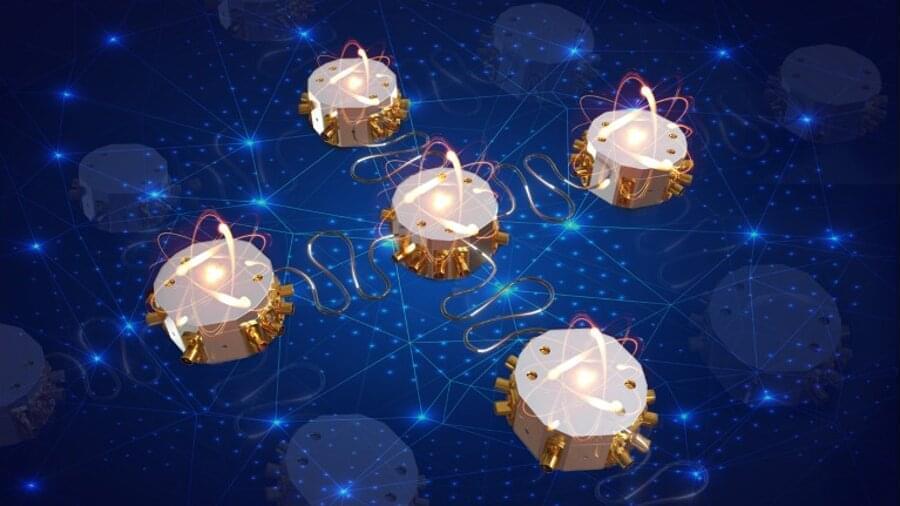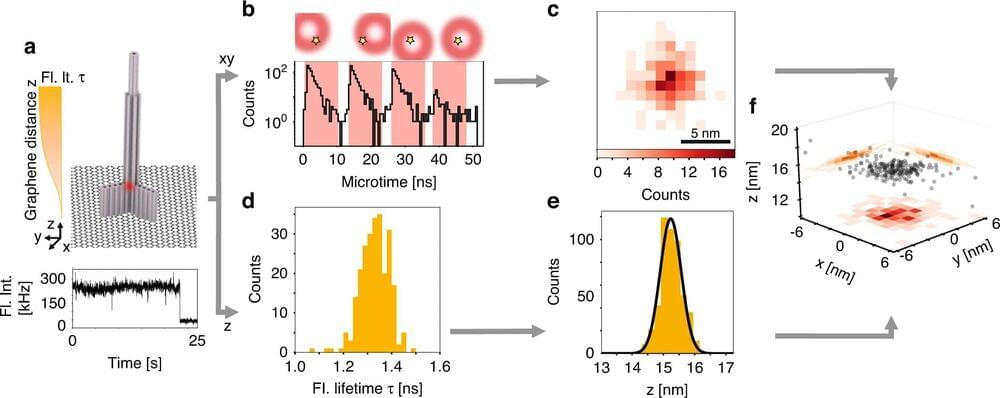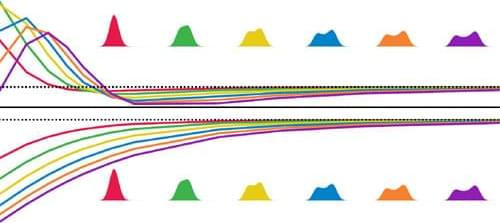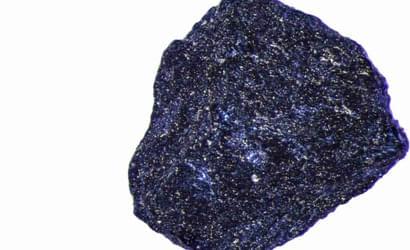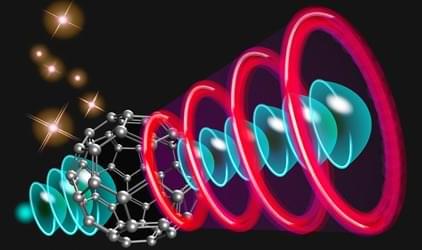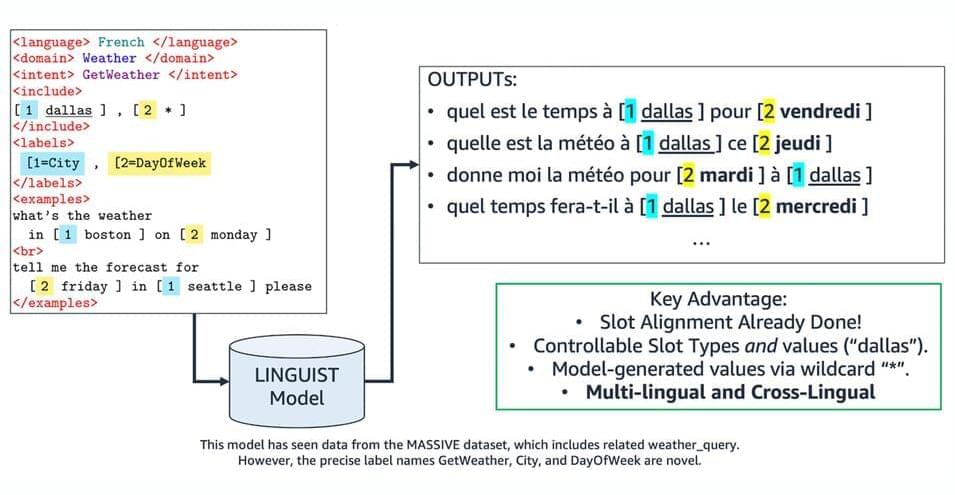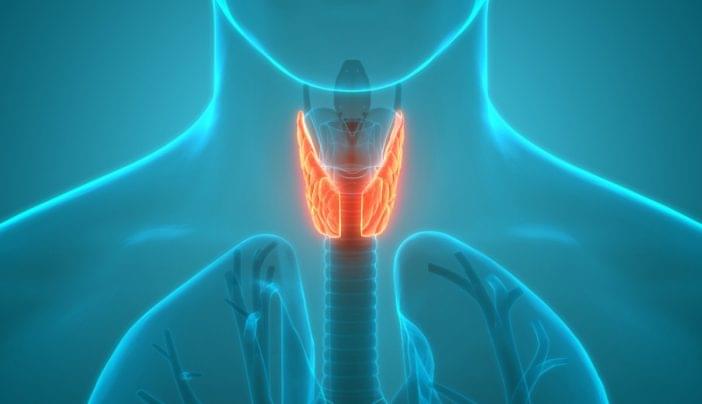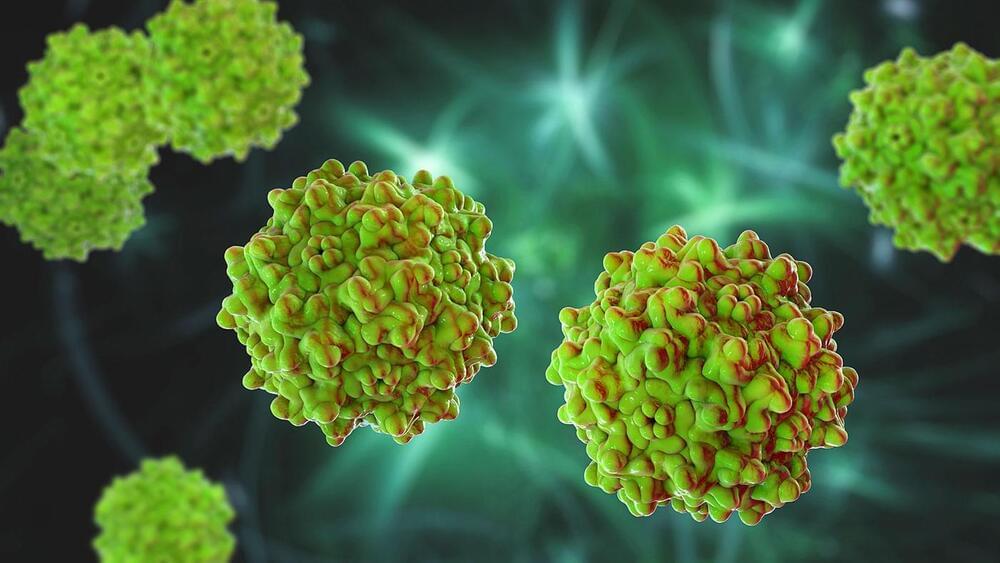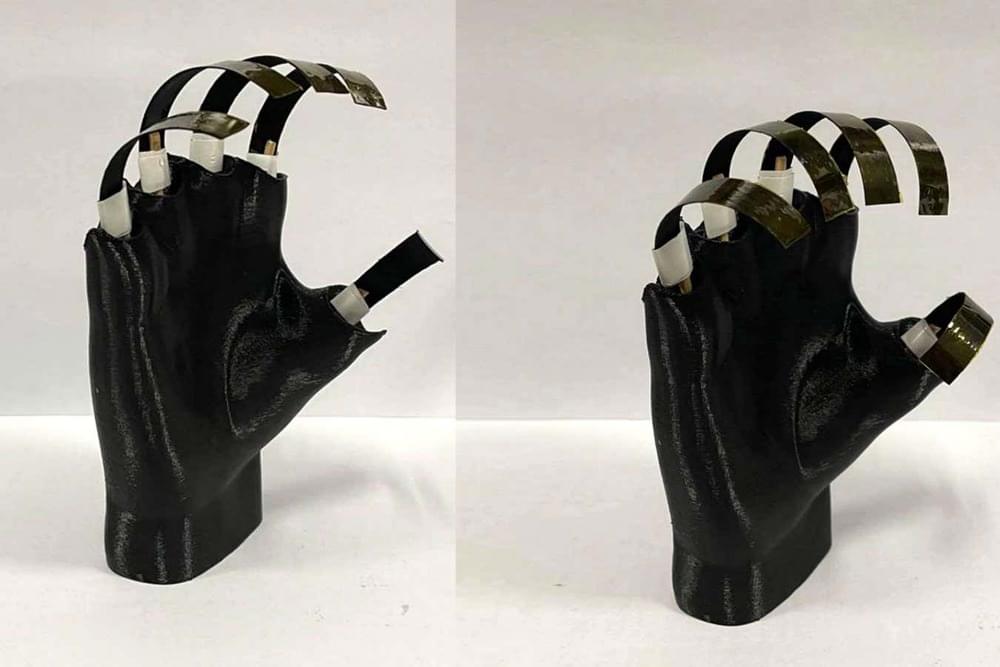Quantum processors are computing systems that process information and perform computations by exploiting quantum mechanical phenomena. These systems could significantly outperform conventional processors on certain tasks, both in terms of speed and computational capabilities.
While engineers have developed several promising quantum computing systems over the past decade or so, scaling these systems and ensuring that they can be deployed on a large-scale remains an ongoing challenge. One proposed strategy to increase the scalability of quantum processors entails the creation of modular systems containing multiple smaller quantum modules, which can be individually calibrated and then arranged into a bigger architecture. This, however, would require suitable and effective interconnects (i.e., devices for connecting these smaller modules).
Researchers at the Southern University of Science and Technology, the International Quantum Academy and other institutes in China have recently developed low-loss interconnects for linking the individual modules in modular superconducting quantum processors. These interconnects, introduced in Nature Electronics, are based on pure aluminum cables and on-chip impendence transformers.
